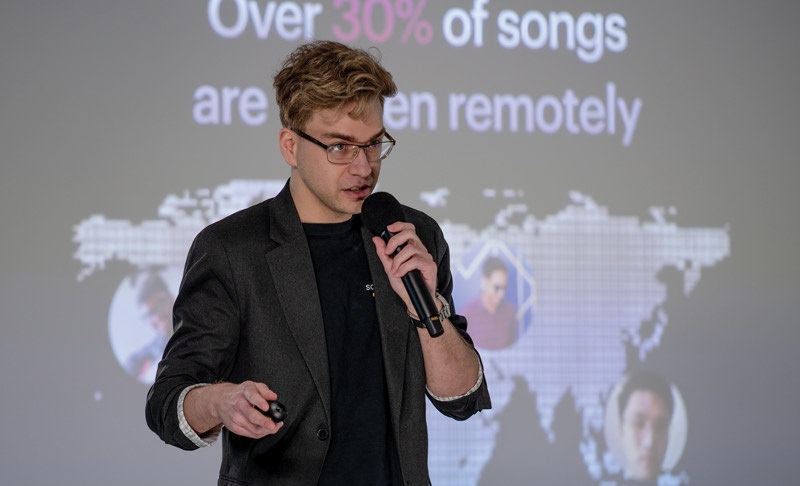ChemGreen Innovations Inc. reminds Nauman Farooqi of a line he once heard a comedian deliver: it faces more opportunities than a mosquito in a nudist colony.
In fact, the ChemGreen president and chief executive officer said one of the challenges for the four-year-old Sackville, N.B., maker of cost-effective and environmentally friendly polymers has been to choose which opportunities it wants to pursue.
The company grew out of research by Khashayar Ghandi, a professor of green chemistry at Mount Allison University who discovered a cost-effective means of producing polymers, or complicated molecules commonly found in plastics.
The company has more than eight patents that include its environmentally friendly process and novel polymers, and has decided to initially commercialize an anti-microbial polymer that could have applications in the pharmaceutical and health-care industries.
“We chose to let the market decide,” said Farooqi, a Mount Allison University business professor. “We based the decision on developing industry partners who now have pain points and which ones are willing to engage with us.”
The story of ChemGreen dates back to 2009, when Ghandi entered his polymer production research in the New Brunswick Innovation Foundation’s Breakthru competition and won, securing $100,000 in seed investment.
Ghandi and Farooqi, who has an entrepreneurial background, teamed up to form the company and worked on industrial applications for the polymers. They knew their process would save manufacturers money because it does away with harmful and expensive solvents and initiators needed in the traditional method of making polymers. They wanted to target the market for novel polymers — that is, to develop a high-margin product with specific industrial applications.
The three candidates they are initially moving forward with are: a conductive polymer (that conducts electricity); a magnetic polymer; and an anti-microbial polymer (meaning micro-organisms cannot grow on it.)
ChemGreen has now found three partners — an American plastics maker, a pharmaceutical company and a pulp company — that are interested in working on the development of the anti-microbial polymer, Farooqi said.
Existing antimicrobial products are simply coated with an anti-microbial surface that can wear down over time.
ChemGreen believes it can produce antimicrobial material embedded throughout a product’s structure.
Farooqi declined to say what the specific products may be, but he said the market is massive because of the concern of bugs or viruses being transmitted in health facilities, especially hospitals.
Talks are continuing with multinationals that may be interested in licensing the intellectual property on other assets in the ChemGreen portfolio, Farooqi said.
The company is now in the process of raising series A financing, with a target of $1.25 million, that it will use to develop what he calls “a scale-up facility.”
It will allow the company to work more efficiently with industrial partners, tweaking the product more quickly and in greater volumes than it can in a laboratory.
“For investors, the risk is mitigated because we are not a one-shot deal,” said Farooqi. “We are a company with a portfolio of assets that have a variety of uses.”
The risks are also reduced because the company will work with industrial partners that have an addressable market and will share in the developmental costs, he said.









